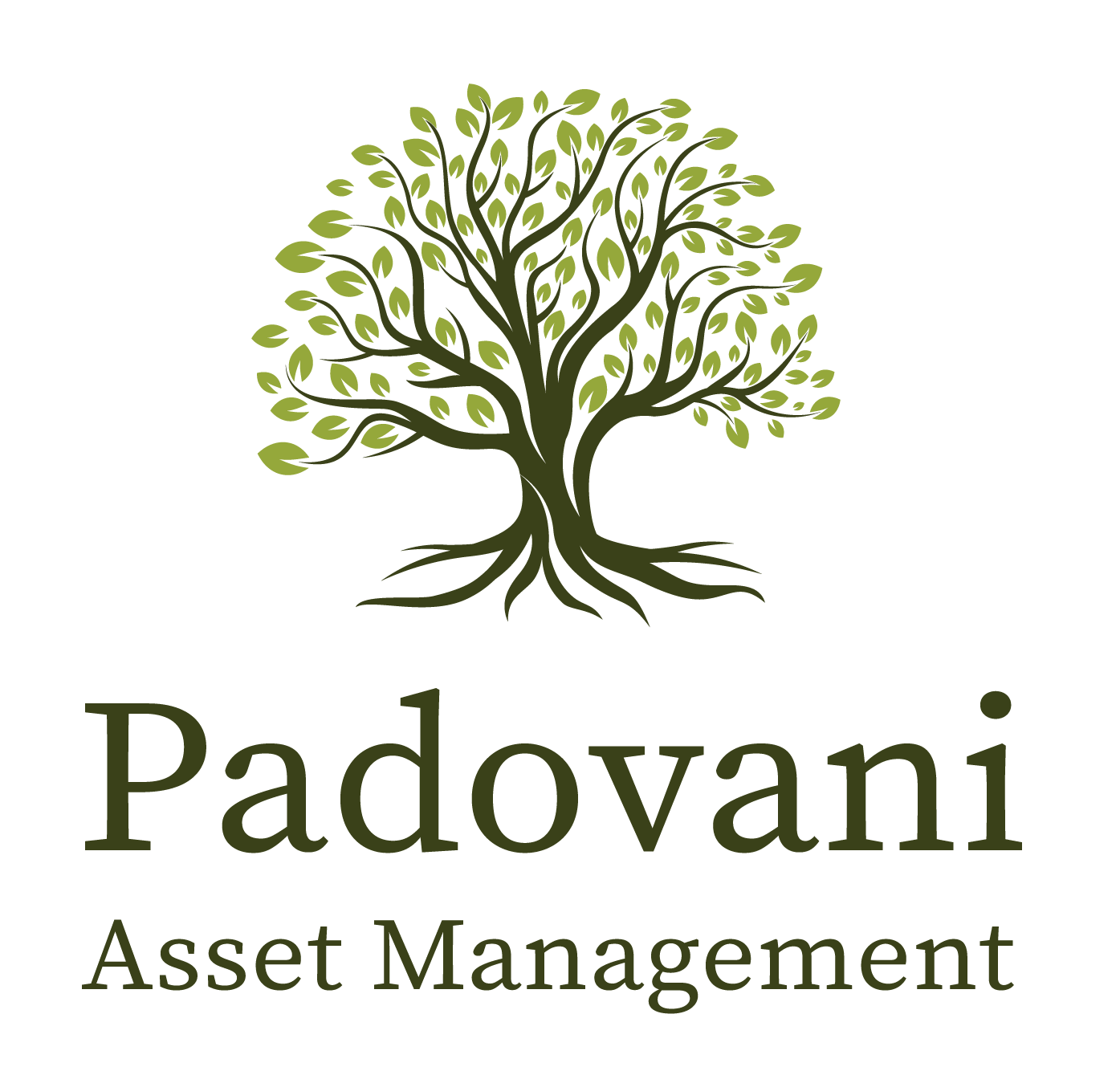Homebuilding’s Strategic Rise: A Long-Term Play for Savvy Investors
As investment strategies shift, family offices and private equity firms are turning towards promising growth sectors, led by the homebuilding industry and its adjacent businesses. Such strategic reallocations of capital reflect a broader investment theory, one that sees not only the houses as assets but also the burgeoning ecosystems they foster.
Influential investors, taking cues from Warren Buffett’s proven approach, are keenly aware of the prospects within the homebuilding sector. It’s a segment that’s attracting attention not only for its direct returns but also for its capacity to stimulate ancillary development. As new neighborhoods flourish, so too does the demand for the infrastructure and amenities that transform spaces into communities.
Investing Beyond Foundations: The Broader Economic Ecosystem
The expansion of towns and cities invites a suite of investment opportunities. Family offices and private equity firms are not merely investing in constructing residential properties; they’re also capitalizing on the growth of the supporting infrastructure. This includes utilities, roads, and digital networks vital for modern living.
The Ripple Effect in Real Estate
The ripple effects of home development extend to a myriad of sub-sectors. The rise of self-storage facilities, the construction of hotels, and the establishment of restaurants and retail spaces all represent complementary investment avenues. Each of these segments potentially offers additional returns and hedges against the cyclical nature of real estate.
Strategic Growth Sectors
Infrastructure Development: Essential to new community growth is the development of underlying infrastructures. Family offices and private equity firms are finding significant opportunities in the investment of land identification, permitting, clearing, and the construction of essential services such as roads, electricity, water, and sewage systems. These foundational projects pave the way for community expansion and are necessary for establishing residential areas. The development of schools and public facilities is a critical component bolstering the value of these investments by directly enhancing the quality of life and drawing more residents to these new communities.
Self-Storage: The growth of housing developments sparks the need for additional storage spaces. Investing in self-storage facilities is a strategic response to the lifestyle changes that come with moving and the downsizing often associated with new home purchases. These facilities offer flexible storage solutions for both transient populations and long-term residents.
Hospitality Investments: The construction of new homes often triggers the need for hospitality services. Investing in hotels and other lodging facilities can serve the increasing influx of visitors—whether potential homebuyers, family and friends of residents, or business professionals. These investments aid in supporting the local tourism infrastructure and contribute to the economic vitality of the community.
Commercial Real Estate: The economic ecosystem of a growing community is incomplete without the presence of commercial entities. Commercial real estate investments in retail outlets, restaurants, and various service providers meet the daily needs of the residents and create job opportunities, stimulating local economies. These investments can offer stable, long-term revenue streams for investors through lease agreements and property appreciation.
These sectors represent a cohesive strategy where investment in one area, like infrastructure, can bolster and enhance the value of investments in the others, creating a synergistic effect that can lead to substantial economic growth and attractive returns for investors.
A Forward-Looking Investment Approach
Recognizing the interconnectivity of housing development and community infrastructure, savvy investors are adopting a holistic view. They are positioning their portfolios to benefit from the comprehensive growth of new towns and urban expansions. Attraction to the homebuilding sector is amplified by the potential for additional gains from the entire spectrum of community development.
A Case for Diversified Portfolios
This approach also speaks to a desire for portfolio diversification. By not putting all their eggs in one basket, family offices, and private equity firms can mitigate risks and maximize returns. The stability of infrastructure development, recurring revenue from self-storage, and commercial vibrancy from retail and dining investments collectively constitute a well-rounded investment portfolio.
As family offices and private equity firms scan the horizon for growth, the expansion of the homebuilding sector and its adjacent industries presents an attractive landscape for investment. With the residential boom comes the rise of supportive businesses, offering a broad spectrum of opportunities for those looking to cultivate a diverse and dynamic portfolio. This investment strategy, championed by leading figures like Buffett, takes a page from the playbook of community development, where the real value lies in the growth of all aspects of a thriving neighborhood.
